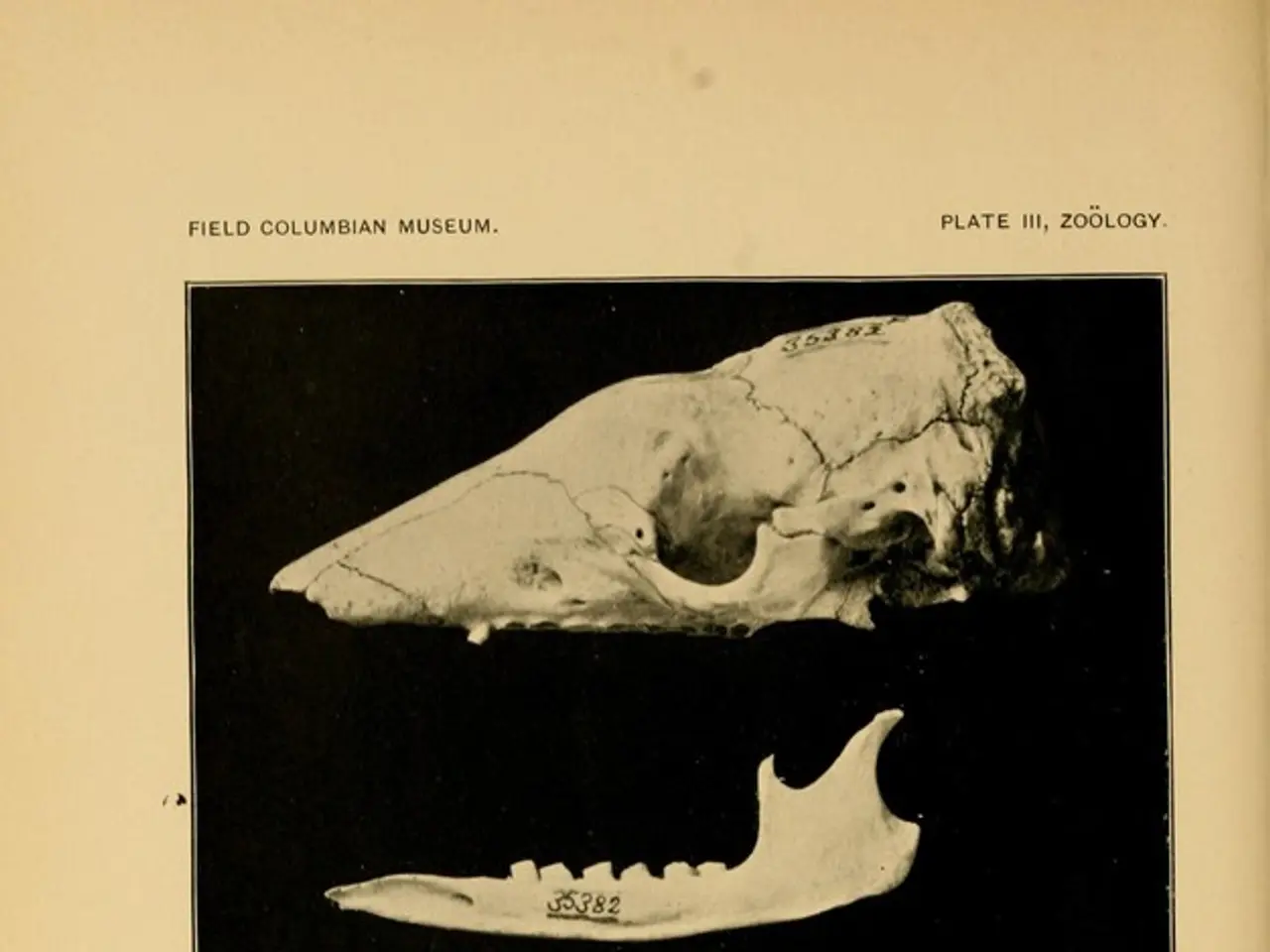Ankylosing Spondylitis: Understanding the Chronic Autoimmune Condition
Ankylosing spondylitis (AS), a chronic autoimmune condition, affects both men and women, typically striking between late teens and early forties. This form of spinal arthritis causes inflammation in the vertebrae, leading to pain and stiffness not just in the back, but also in heels, wrists, ankles, knees, ribs, and breastbone.
AS symptoms often begin with unexplained lower back pain and stiffness, which may worsen after rest and improve with physical activity. This initial pain can move from side to side and may also affect the sacroiliac joints. Children can develop juvenile ankylosing spondylitis (JAS), displaying similar symptoms.
Diagnosis involves a thorough physical exam, mobility tests, blood tests for inflammation and genetic markers like HLA-B27, and imaging tests such as X-rays or MRIs. AS is progressive, with symptoms initially coming and going but worsening over time, potentially leading to spine fusion and kyphosis. Alongside back pain, AS can cause fatigue, eye irritation, referred pain, muscle weakness, and cardiovascular problems.
AS is a lifelong condition with no known cure, but treatments like physical therapy, medications, and surgeries can help manage symptoms and slow progression. Early diagnosis and proper management are crucial to prevent long-term complications and maintain quality of life.
Read also:
- Is it advisable to utilize your personal health insurance in a publicly-funded medical facility?
- Dietary strategies for IBS elimination: Aims and execution methods
- Benefits, suitable dosage, and safety considerations for utilizing pumpkin seed oil in treating an overactive bladder
- Harmful Medical Remedies: A Misguided Approach to Healing






